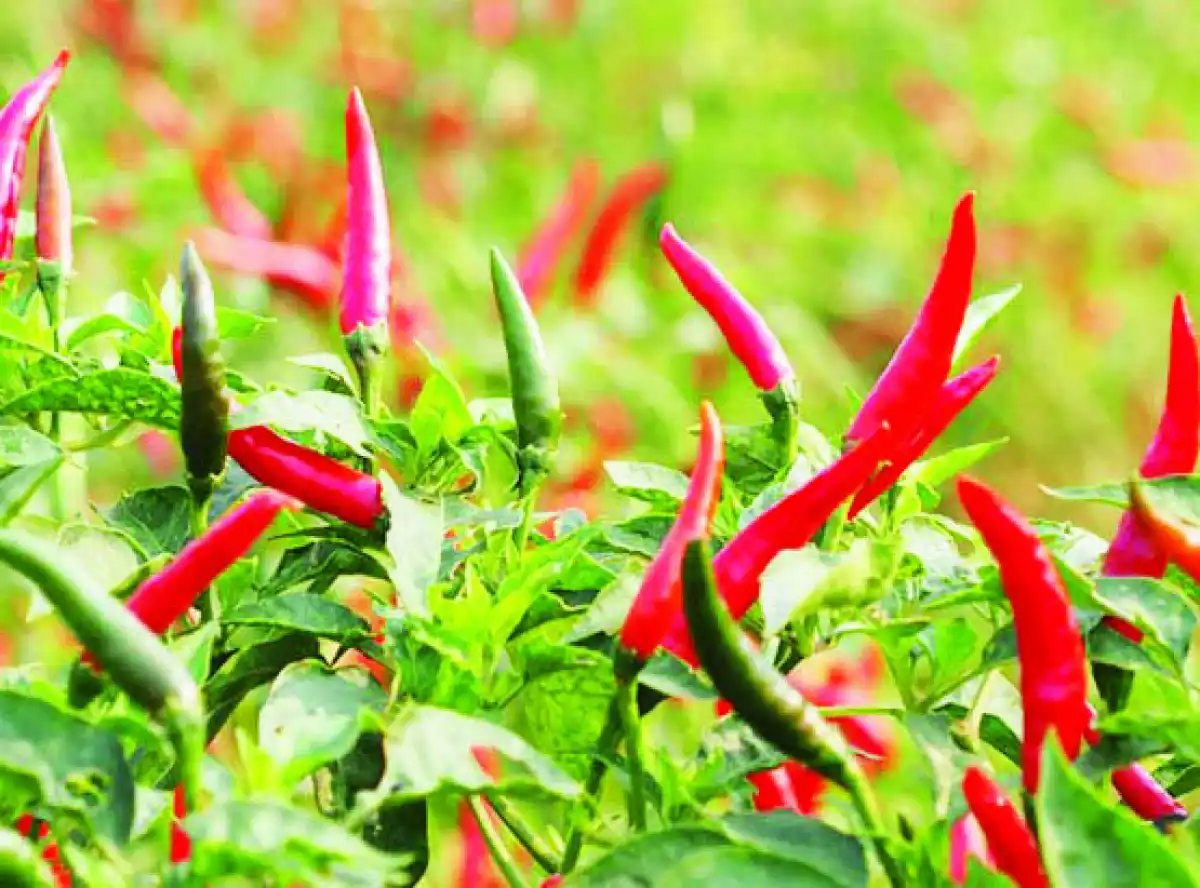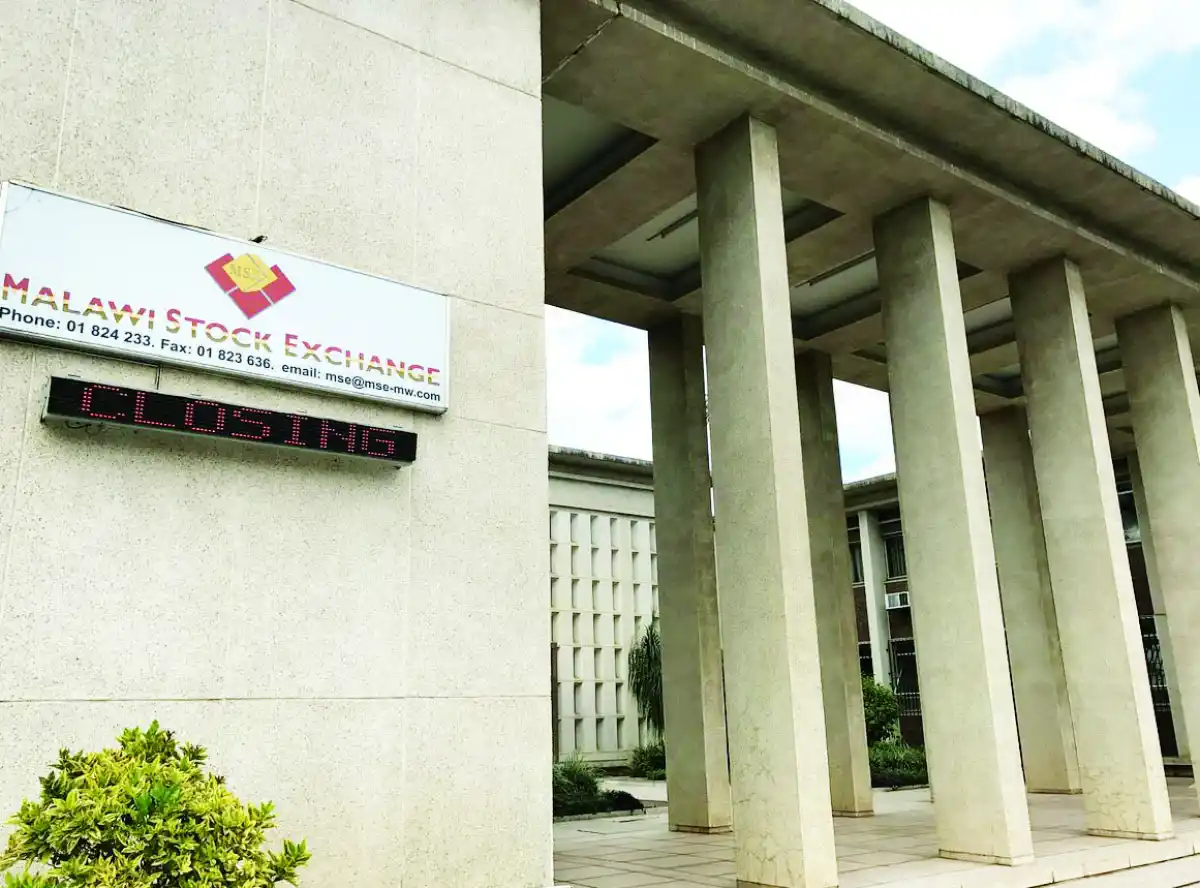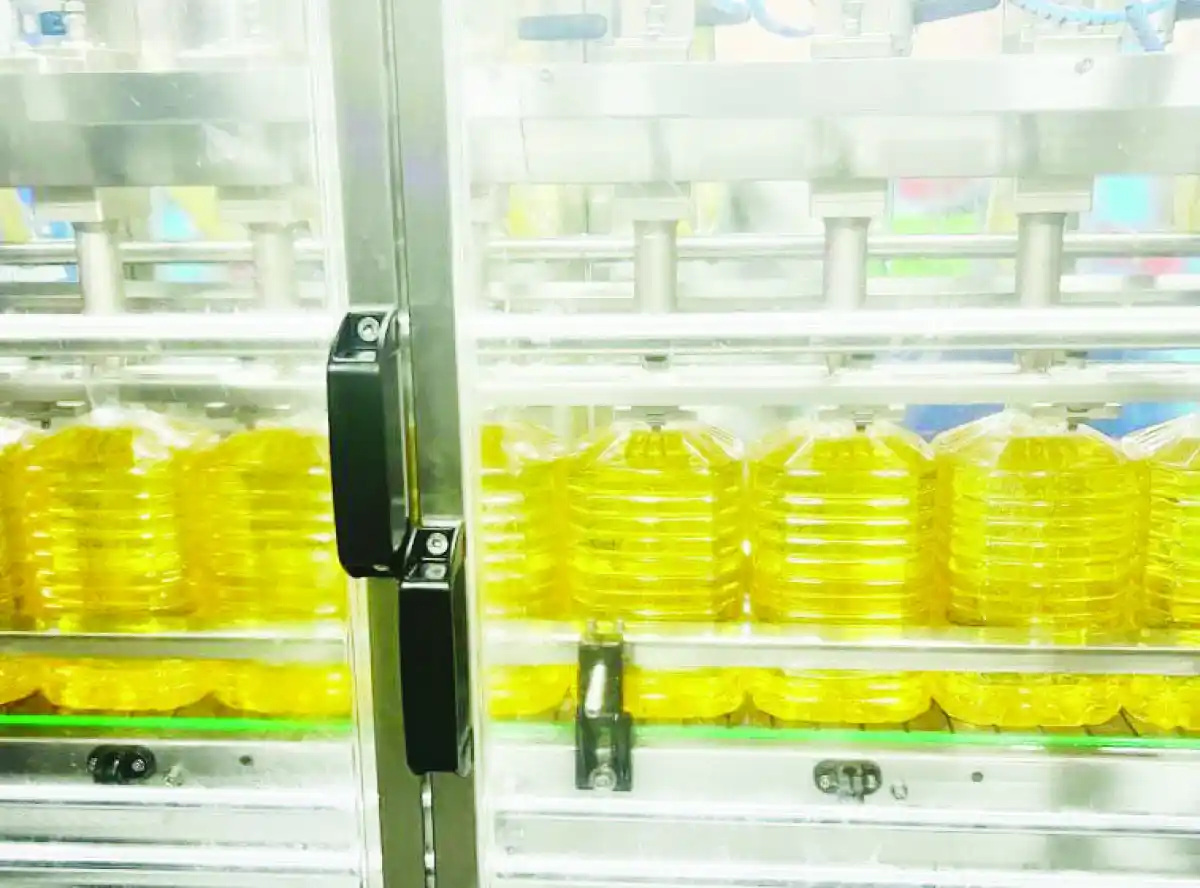
High-value crop farmers could be the biggest winners if commodity market trends align with the farm gate prices the Ministry of Agriculture announced on Tuesday.
While minimum prices for all commodities have been adjusted upwards compared to last year, comparatively, prices for high value crops attract much higher prices.
Minimum prices for chilies have been adjusted upwards by 200 percent to K6, 000 per kilogramme (kg) from K2,000 last year.
Prices for shelled groundnuts, pure beans and white haricot beans increased by 108 percent to K2, 500 from K1,200 per kg each.
Other major earners include paprika and finger millet with a 100 percent increase in prices to K3, 000 and K1,200, respectively.
Traditional crops such as maize—the country’s staple food—pigeon peas, cotton and soya have risen by 61 percent, 57 percent, 55 percent and 50 percent, respectively.
Stakeholders in the agriculture production value chain have expressed contentment with the farm gate prices.
Grain Producers and Traders Association President Grace Mijiga said several stakeholders, including members of the association, discussed the proposed prices using a very transparent methodology.
“These prices were agreed upon by the team that represented the whole value chain. Of course,they are farmgate prices and for some crops like beans and groundnuts, the market prices are already higher,” Mijiga said.
Agriculture policy expert Leonard Chimwaza said the farm gate prices were compensatory on the part of the producers.
He said the prices would only make smallholder farmers to break even and realise just a small margin.
“For example, maize [was selling] at K650 per kg last year, and the price for a bag of fertiliser was K70, 000. Then come this year, the price of the very same bag of fertiliser is K125, 000. This means that farmers will get small profits mainly due to the high cost of production inputs.
“On cotton, it’s a good price on the part of the producers only. With the current trade sanctions in the US, the price of lint has gone down, meaning that buyers will find it hard to break even at the international cotton markets.








0 Comments